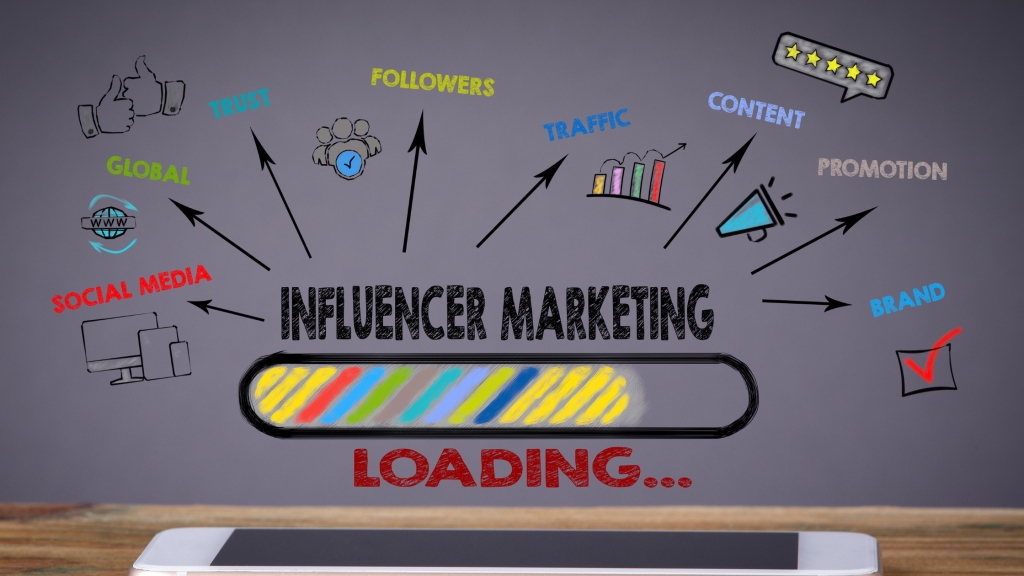The Power of Influencer Marketing in the E-Commerce Landscape
Tracing the Origins: The Evolution of Influencer Marketing
Traditional Celebrity Endorsements
Decades before Instagram and TikTok, brands leaned heavily on celebrity endorsements to drive sales. Be it in TV commercials, billboards, or print media, this strategy hinged on the popularity and reach of movie stars, musicians, and other famed personalities.
The Social Media Revolution
As platforms like Facebook, YouTube, and later Instagram, began to rise, so did everyday individuals. Suddenly, someone could gain millions of followers just based on their niche content, relatability, or personality, morphing into ‘influencers.’
From Macro to Nano: The Diverse Influencer Spectrum
Not all influencers are built alike. While macro-influencers boast millions of followers, nano and micro-influencers have a smaller, often more engaged and niche community, offering unique collaboration opportunities for brands.
When E-Commerce Meets Influencer Power
Click and Shop: The Age of Shoppable Posts
Gone are the days when consumers had to search for a product after seeing it on social media. With shoppable posts, influencers can directly link to products, transforming passive scrolling into active shopping.
Tailored to Perfection: Demographic Targeting
By choosing influencers whose audience demography aligns with their target market, brands can place their products in front of the most likely buyers, optimizing their marketing spends for conversions.
The Winning Formula of Influencer Marketing in E-Commerce
Building Trust through Authentic Voices
Trust is a currency in the digital age. Audiences often view influencers as peers, valuing their recommendations over traditional advertising. This bond of trust can be leveraged to build brand credibility and loyalty.
Crafting Engaging Narratives
Influencers excel in blending products into their daily narratives. Instead of overt selling, they showcase products as organic parts of their lives, weaving tales that their followers aspire to emulate.
The FOMO Phenomenon
Harnessing the “Fear of Missing Out” can be a game-changer. Through limited-time collaborations, exclusive discounts, or early-bird offers, influencers can create a buying urgency.
Laying the Groundwork for Success in Influencer Marketing
Objective Setting
Without clear goals, campaigns can become rudderless. Brands must identify if they’re looking to increase brand awareness, drive sales, or launch a new product, ensuring campaigns have clear KPIs.
Due Diligence: Vetting Process
Not every influencer is a good fit. Beyond follower count, brands should examine content quality, engagement rates, audience fit, and past brand collaborations.
Contracts and Clear Deliverables
To safeguard both parties, detailed contracts that spell out deliverables, timelines, compensation, and any other brand-specific requirements are crucial.
Foster Open Communication
A two-way feedback mechanism can amplify campaign success. While brands provide product insights and guidelines, influencers can offer ground-level audience feedback and creative input.
Evaluating Influencer Campaign Success
Digging Deeper than Likes and Shares
While surface metrics give some insights, it’s crucial to dive deeper. Analyze website traffic surges, use UTM tracking for sales conversions, and even measure customer retention rates post-campaign.
Sentiment Analysis
Beyond quantitative metrics, understanding audience sentiment towards campaigns provides qualitative insights. Positive sentiment can amplify brand value, while negative feedback offers areas of improvement.
Overcoming Inherent Challenges
The Battle Against Content Saturation
With a deluge of content online, standing out is challenging. Brands must consistently innovate in collaboration styles, content formats, and even explore emerging platforms to remain relevant.
Staying Ahead of Algorithm Changes
As social platforms tweak their content delivery algorithms, organic reach can fluctuate. Adapting content strategy, diversifying across platforms, and even leveraging paid promotions can counteract these changes.
Crisis Management and Contingency Planning
Influencer controversies can spill onto associated brands. A proactive crisis management strategy, including real-time monitoring and swift communication, can mitigate potential backlash.
The Promising Future of Influencer Marketing
Virtual Reality (VR) and Augmented Reality (AR) Integrations
Innovative technologies like AR and VR promise immersive brand experiences. Imagine influencers offering virtual store walkthroughs or AR-based product try-ons.
Ethical and Conscious Collaborations
With rising awareness about sustainability and ethics, collaborations that resonate with these values will stand out, drawing conscious consumers.
Platform Diversification
While today’s giants include Instagram and YouTube, tomorrow may belong to another. Exploring and establishing early presences on emerging platforms can offer a competitive advantage.
Concluding Insights
Influencer marketing is redefining the e-commerce landscape. For brands that can harmoniously blend influencer authenticity with their brand voice, the digital world offers boundless opportunities.

